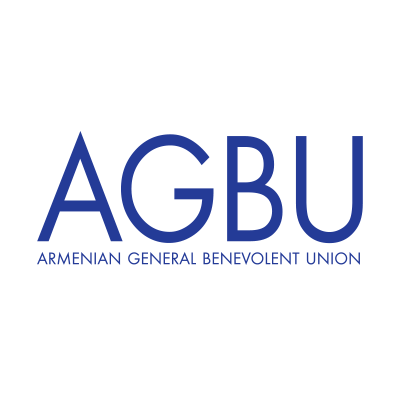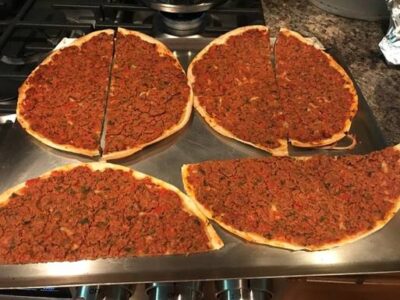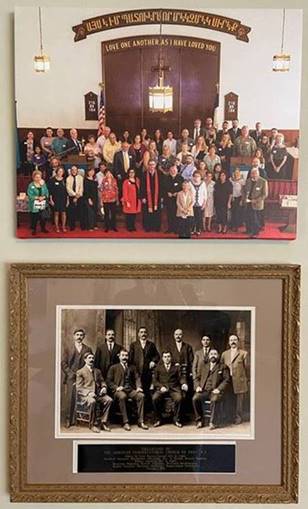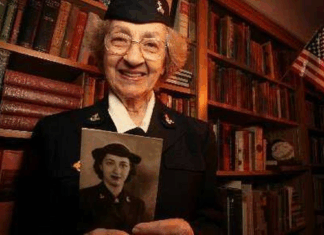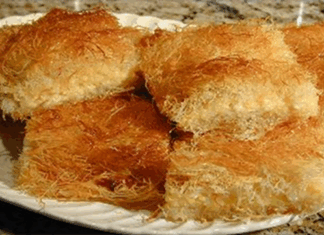SARATOGA SPRINGS, NY — “I grew up in Troy, NY, the daughter of an Armenian meat and grocery man and a stay-at-home mom. We lived in the city, but I developed an early love of rural life through frequent visits to my cousins’ homes in the country and at an overnight YWCA camp. I took dance lessons, and was dragged kicking and screaming to piano lessons. Eight years of lessons, and I can barely play,” says author Dawn Essegian Lajeunesse.
“My early years were spent in a three-family house purchased by my grandfather in 1914 and located a block away from our church. My grandfather, Marderos Essegian, immigrated from his ancestral home along the Silk Road in Kharpert (Harput) to Troy in 1895, and was joined by my grandmother Soultani in 1907. Sadly, both died before I was born. My grandfather was one of the founders of our church (seated on the left in the photo below of the original church elders). I had an interest in all things medical, but when it came time to make career decisions, I wanted to be a writer. Convinced by parents and guidance counselors that it wasn’t a practical career, I opted for nursing. That choice had one fatal flaw – I fainted at the sight of blood. Somehow, I made it through the nursing program at Hartwick College in Oneonta, NY.”
“Our church began as a Presbyterian Armenian Church — about half the original congregation was Congregational and the other half Presbyterian, but only the Presbyterian
hierarchy offered some financial assistance. Armenians are strong willed. Within a few years (1910), about half the congregation, led by the Congregationalists — including my grandfather and his brother — broke away from the Presbyterians and started their own church, holding services in borrowed space until building the church I knew in 1916. The tragedy of the Armenian Genocide pulled the Troy Protestant Armenians together to support the survivors as they arrived in waves. The two Protestant churches came together again, their first official service together was held in 1919. The original church ceased services and the building was turned into a parsonage. The new name of the combined church, United Armenian Calvary Congregational Church (UACCC), reflected the joining together to honor those masses of Armenian men, women, and children who were lost at the hands of the Ottomans. A stained glass window in the church balcony honored and remembered those who were lost.”
“I obtained an MS degree in Health Services Administration, and eventually retired from the New York State Department of Health’s AIDS Institute. During the last decade of my career, I began writing, completing five novels and publishing four. Since 2019, I’ve been writing about the Armenians who settled in Troy in the late 19th century and who founded the church where I spent my childhood and early adulthood. Sadly, the church held its last regular service in 2011, and sat vacant and neglected for nine years. But my obsession — combined with the support of many interested members — led us to a final closure service in 2020 before a developer converted the church building to apartments. Most of my blog posts (JustWriteIt.live) have focused on what I’ve experienced on my way to a historical fiction about Troy’s early Armenians and the Evangelical Protestant church they built,” says Dawn.
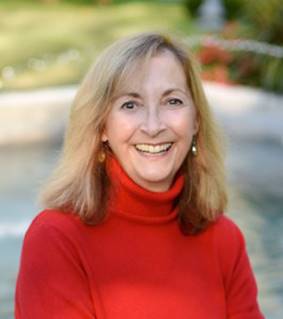
“In retirement, I looked forward to making more traditional Armenian recipes, and one of my favorites, lahmajoun, was at the top of my list. My siblings and I were raised in our church, and I was active in the Armenian Protestant Youth Fellowship (APYF) until my career took me elsewhere. My mother continued as a church member until she died in 1992. I recalled the delicious lahmajoun served at our church dinners as being the best I’ve ever tasted, and couldn’t wait to make it. The elder church ladies made them exclusively with lamb, and after trying commercial lahmajoun made with beef, I knew lamb was the only way to go.”
